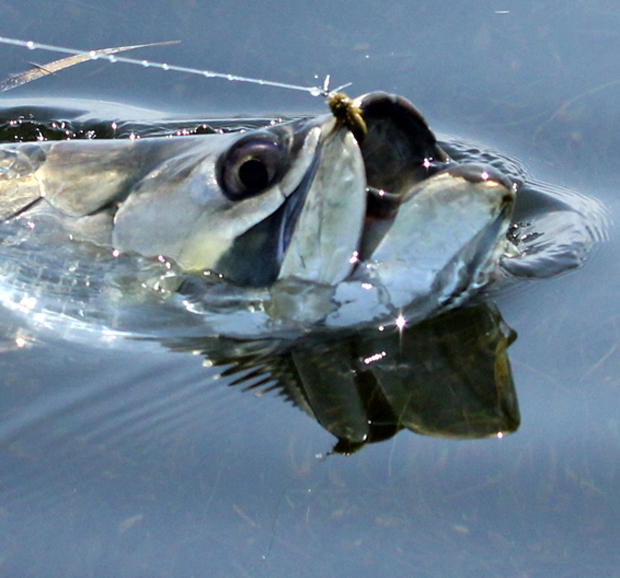Construction of third pump station to aid in Everglades wetlands restoration
[dropcap]T[/dropcap]he Florida Department of Environmental Protection has issued a permit to the U.S. Army Corps of Engineers authorizing construction of the third and final pump station for the Picayune Strand Restoration Project – a major milestone for Everglades restoration.
The Picayune Strand Restoration Project is a project component of the Comprehensive Everglades Restoration Plan, commonly called CERP. The Picayune Strand Restoration Project is located between Alligator Alley and the Tamiami Trail in southwestern Collier County. In partnership with the South Florida Water Management District and the U.S. Army Corps of Engineers, the Picayune Strand Restoration Project is being implemented to restore 55,000 acres of wetlands, allowing water to flow slowly south into the western Everglades. The permit was issued Thursday, May 2.

Photo by Capt. Dave Hunt, an ORVIS endorsed guide and expert fly angler. Tarpon is an Everglades National Park Spring visitor. Click here to visit Dave’s website.
“This progress exemplifies the Department’s dedication to ‘getting the water right’ and furthers the commitment to protecting Florida’s Everglades and the larger south Florida ecosystem,” said DEP Secretary Herschel T. Vinyard, Jr. “The Department will continue to work closely with our state and federal partners to ensure that the momentum Governor Scott has created in Everglades restoration continues.”
In addition to the construction of three pump stations, the project includes plugging 48 miles of canals and removing more than 250 miles of road. Plugging and road removal efforts will allow for water from the pump stations to slowly flow south to restore wetlands, create essential habitat for species and benefit downstream estuaries, surrounding parks and wildlife reserves. Those include the Florida Panther National Wildlife Refuge, Fakahatchee Strand State Preserve, 10,000 Islands National Wildlife Refuge, Collier Seminole State Park and the Belle Meade Conservation and Recreation Lands.
The Department faced several challenges while assembling the lands necessary for the project. These parcels, some of which were owned by individuals in foreign countries or were inherited by others from the original purchasers, took more than a decade to assemble. The Department’s Office of Ecosystem Projects, which worked alongside the Division of State Lands in these efforts, issued the permit for the final of the three pump stations.
“Continued construction progress in Picayune Strand brings us ever closer to the many environmental benefits of this project,” said said Rick Barber, board chairman of the South Florida Water Management District’s Big Cypress Basin. “The District and the Big Cypress Basin remain committed to our state and federal partners as we work toward restoring the unique natural systems in this region.”
As part of the South Florida Water Management District’s expedited efforts on the Prairie Canal phase of the project, restoration benefits are already being observed through the reemergence of foraging wading birds and native flora and fauna that have been absent from the area for decades.
Due to the partnership between the Department, the South Florida Water Management District, the U.S. Army Corps of Engineers and other state and federal agencies, such as the U.S. Fish and Wildlife Service and Florida Forest Service, substantial restoration progress is being made.
For more information about the Comprehensive Everglades Restoration Plan click here […].


Join the discussion One Comment